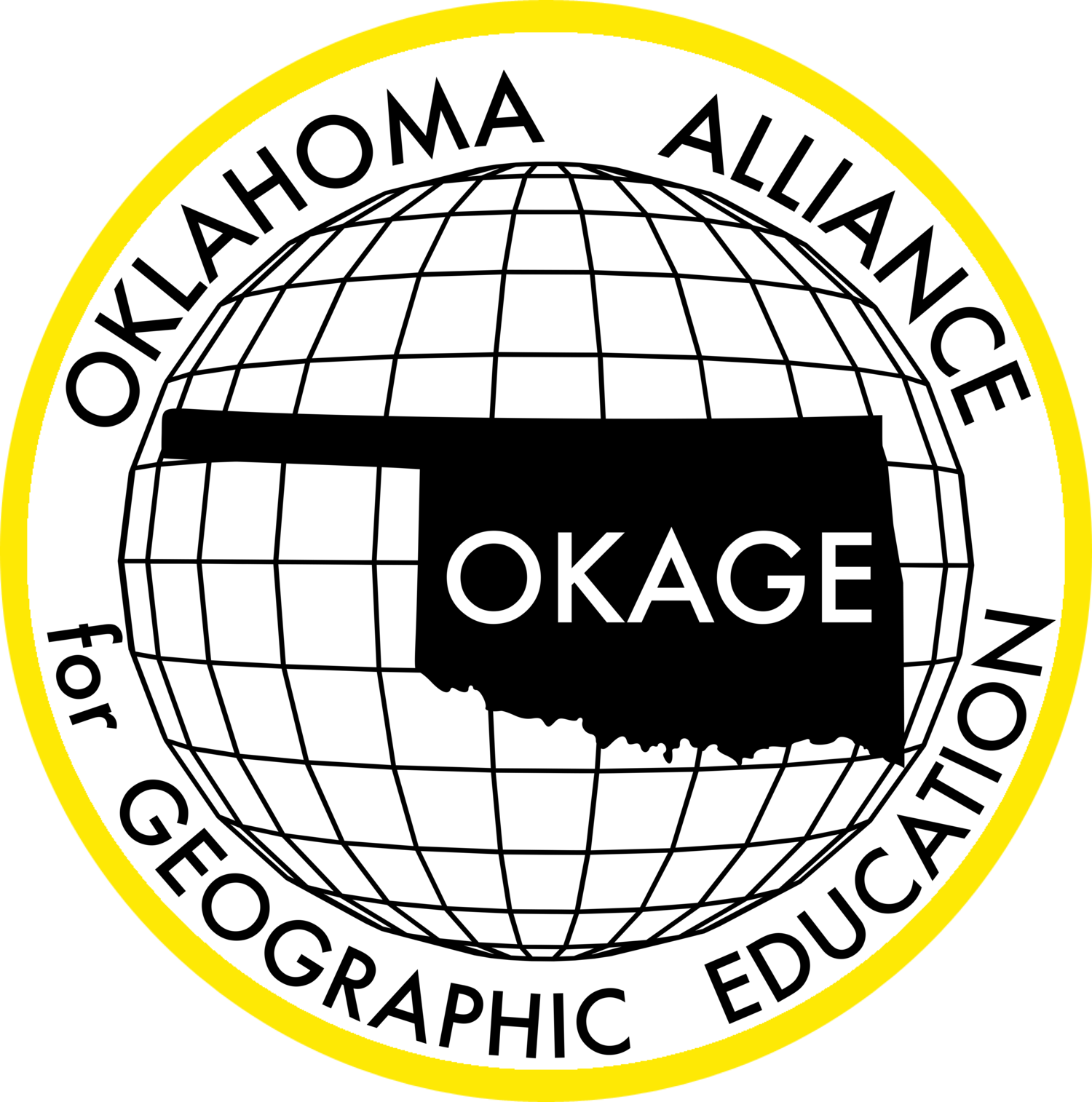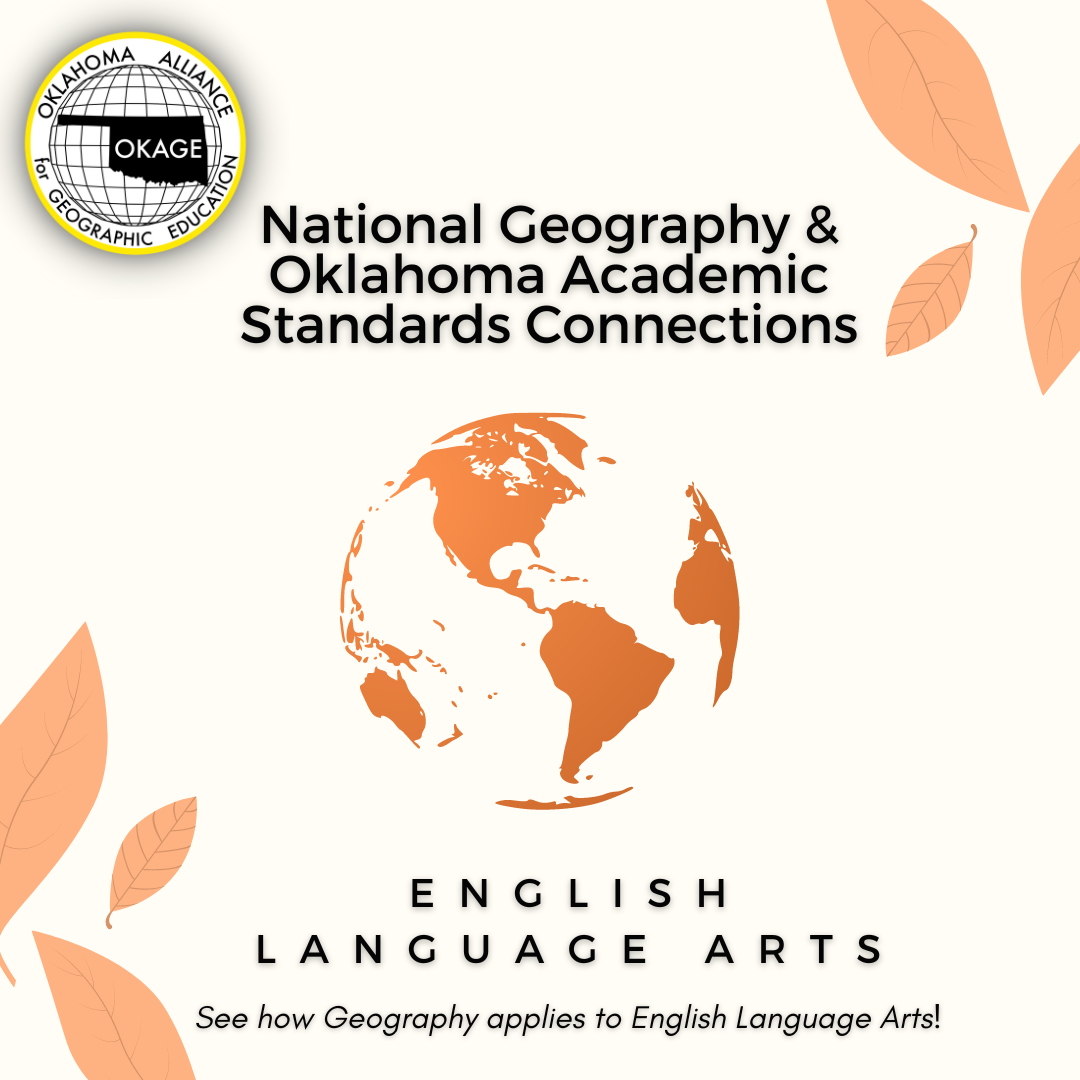Description: When geographers look at a particular place or landscape, they look at its spatial organization. Geographers focus on the built environment or look of human places and ask what processes or activities are happening in those areas. All positive and negative human actions on any landscape or place create various unique spatial patterns. When thinking about the look of places, density, concentration and pattern represent how any space is organized. When examining large or small places, we encounter areas that have similar or common characteristics, which help create regions. Once a region is recognized, we can look at various similarities closely, then study, discuss and interact with various unique topics or issues within that area.
Watch the recording of this session here.
Grade level(s): Middle School, High School
Standards: GFL
Produced By: Gary Gress, Ph.D.





















